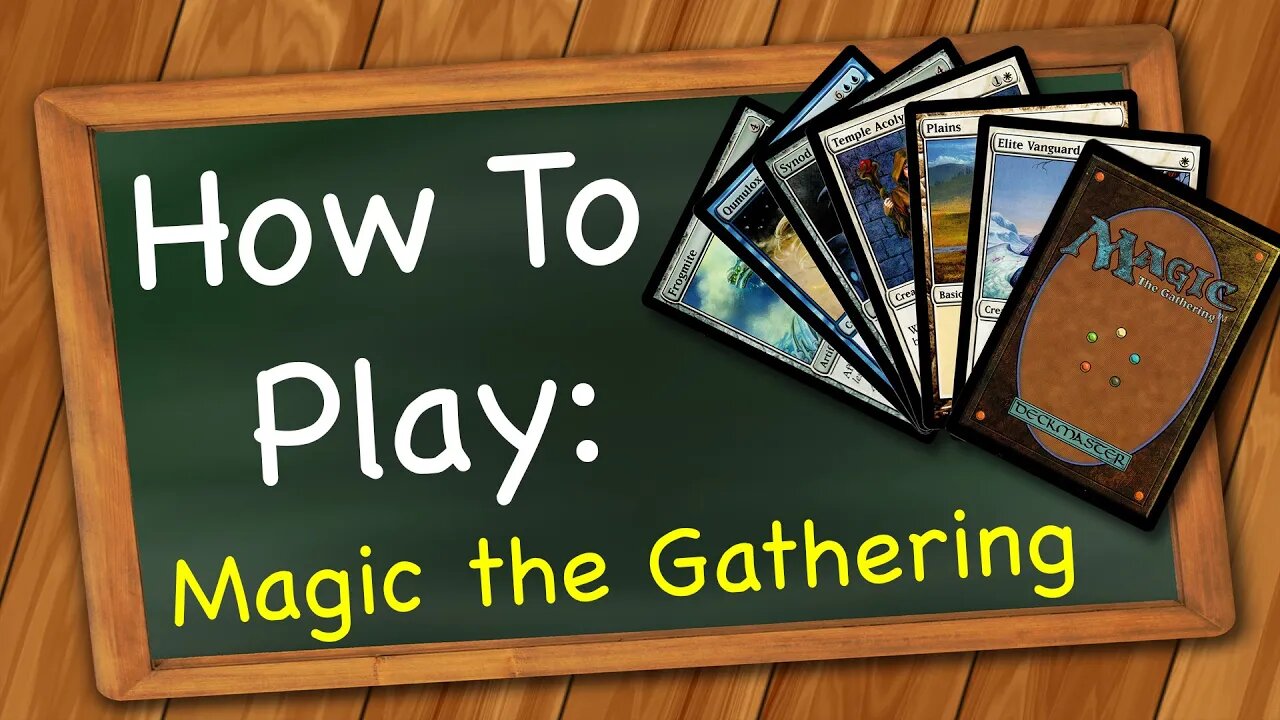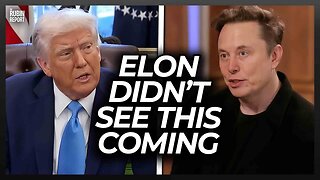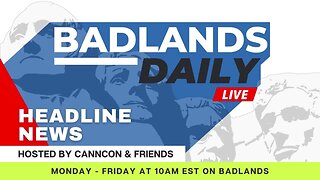Premium Only Content

How to play Magic the Gathering
Learn the rules to the trading card game: Magic the Gathering, quickly and concisely - This video has no distractions, just the rules.
Useful Links
Card lookup: https://link.triplesgames.com/MTGcardlookup
Shorter rules: https://link.triplesgames.com/MTGgameplay
Full Comprehensive rules pdf: https://link.triplesgames.com/MTGrules
Don't own cards?
Buy some here:
https://amzn.to/2UK552j
https://amzn.to/35MafkA
https://amzn.to/3kMmEcr
(These Amazon Affiliate links directly support me)
RULES:
The object of the game is to eliminate your opponent by bringing their life to 0. Setup. Assemble a deck of at least 60 cards. You may not have more than 4 copies of any individual card. Also, some cards are banned should not be used unless both players agree or the tournament allows. Each player shuffles their deck, they may shuffle or cut their opponents deck if they desire, and set it face down on the table. Each player draws 7 cards from their own deck, which is called the library. Role dice to determine who goes first. Each player starts with 20 life, which can be displayed kept track on a 20 sided die.
The top right of each card is the card’s name and to the left of that is its mana cost. Mana is the resource that is used to play cards and activate abilities. If the cost is a specific color, you must pay that color. If the cost is gray with a number, you can use any combination of mana colors to pay for it. When mana is used it is removed from the mana pool, and no longer available for use. Each player's unused mana pool empties at the end of each step and phase.
You gain colored mana by tapping land cards of that color. You can tap any card in play by turning it sideways. You may not tap a card that has already been tapped, you must wait for it to be untapped before you can tap it again. You are only allowed to play 1 land card from your hand per turn. You may play any number of cards on your turn so long as you can pay their mana costs. Extra mana
When you play a card, you look at its Type Line to determine how it is played. Land, creatures, artifacts, and enchantments play directly to the battlefield until removed. Sorceries and instants grant the effect in their text box then are placed in the discard pile, called the graveyard, which is located above your library. All types of cards, except lands, are spells while you are playing them. Once they are resolved, they then become the type.
When you play a creature, this is called “summoning”, the creature may not attack or use a tap ability on the same turn it is summoned. This is called “summoning sickness”. Place the creature faceup on the battlefield oriented vertically, not sideways. There is no limit to the number of creatures you can have on the battlefield. During your turn you have the ability to attack your opponent with your untapped creatures. To attack, tap your creatures you want to attack with. If an attack isn’t blocked, the creature deals damage to the opponent’s life equal to its power. A creature’s power is indicated by the number on the left side of the slash in the lower right corner of the card.
If your opponent has untapped creatures on the battlefield, they may tap any number of them to block your attacks. The defender then assigns its creatures to block the attacking creatures. Multiple creatures may block a single attacking creature.
Once all blockers have been chosen and assigned, each creature—both attacking and blocking—simultaneously deals damage equal to its power. If an attacking creature is blocked by multiple creatures, the attacker decides how to divide its combat damage among them. You must assign at least enough damage to the first blocking creature to destroy it before you can assign damage to the second one, and so on. If a creature is dealt damage equal to or greater than its toughness over the course of a single turn through combat, abilities, or spell cards; that creature is destroyed, and it goes to its owner’s graveyard. Toughness is indicated by the number right of the slash in the bottom right corner of the card. If a creature takes damage that isn’t enough to destroy it in a single turn, that creature stays on the battlefield, and the damage wears off at the end of the turn.
After all the battles have been resolved you end your combat phase. There are 5 phases in a turn. The Beginning Phase, First Main Phase, Combat Phase, 2nd Main Phase, and Ending Phase.
Reference the “On your turn” card for a reminder of all the details of each phase. Here is a highlight of the most important steps:
In the beginning phase you first untap all your tapped cards. After this is complete, it is called your upkeep, and certain cards can trigger. Next you must draw 1 card from your library, unless it is the first turn of the game, in which case the first player does not draw. If you run out of cards in your library and need to draw, but cannot, you lose the game...
-
![I'm Grand (Master) [Official Music Video] - Triple S Games & Sheet Music Boss](https://1a-1791.com/video/s8/1/9/v/q/d/9vqdo.0kob-small-Im-Grand-Master-Official-Mu.jpg) 3:36
3:36
Triple S Games
1 year ago $0.07 earnedI'm Grand (Master) [Official Music Video] - Triple S Games & Sheet Music Boss
2.01K6 -
 1:02:58
1:02:58
The Rubin Report
2 hours agoPress Stunned by Trump’s Brutally Honest Message for Elon Musk
26.9K21 -
 LIVE
LIVE
The Mel K Show
1 hour agoMORNINGS WITH MEL K - NATO Cognitive Warfare & Post WWII Betrayal Finally Exposed 9-4-25
777 watching -
 LIVE
LIVE
The Shannon Joy Show
3 hours agoCOVID Not A ‘Lab Leak’, It Was Created At UNC Chapel Hill! LIVE - Exclusive With Dr. David Martin
309 watching -
 LIVE
LIVE
LFA TV
5 hours agoLFA TV ALL DAY STREAM - THURSDAY 9/4/25
4,156 watching -
 LIVE
LIVE
Grant Stinchfield
1 hour agoGas Prices Broke Him – Newsom Quits the Fight!
186 watching -
 LIVE
LIVE
Trumpet Daily
1 hour agoTrumpet Daily LIVE | Sept. 4, 2025
432 watching -
 1:01:50
1:01:50
VINCE
4 hours agoEpstein Victims Have Come Forth, The Names Have Not | Episode 118 - 09/04/25
171K112 -
 2:03:44
2:03:44
Badlands Media
7 hours agoBadlands Daily: Sept. 4, 2025 – Meme War 2, Epstein Pressers, and Election Battles
51.3K7 -
 1:40:33
1:40:33
Dear America
4 hours agoEpstein Victims Vow To EXPOSE Everyone! + Are China and Russia Planning Against Trump?!
115K57